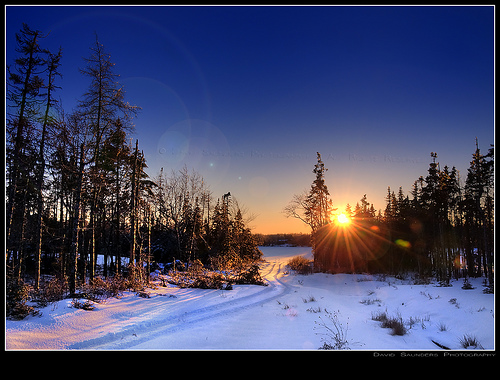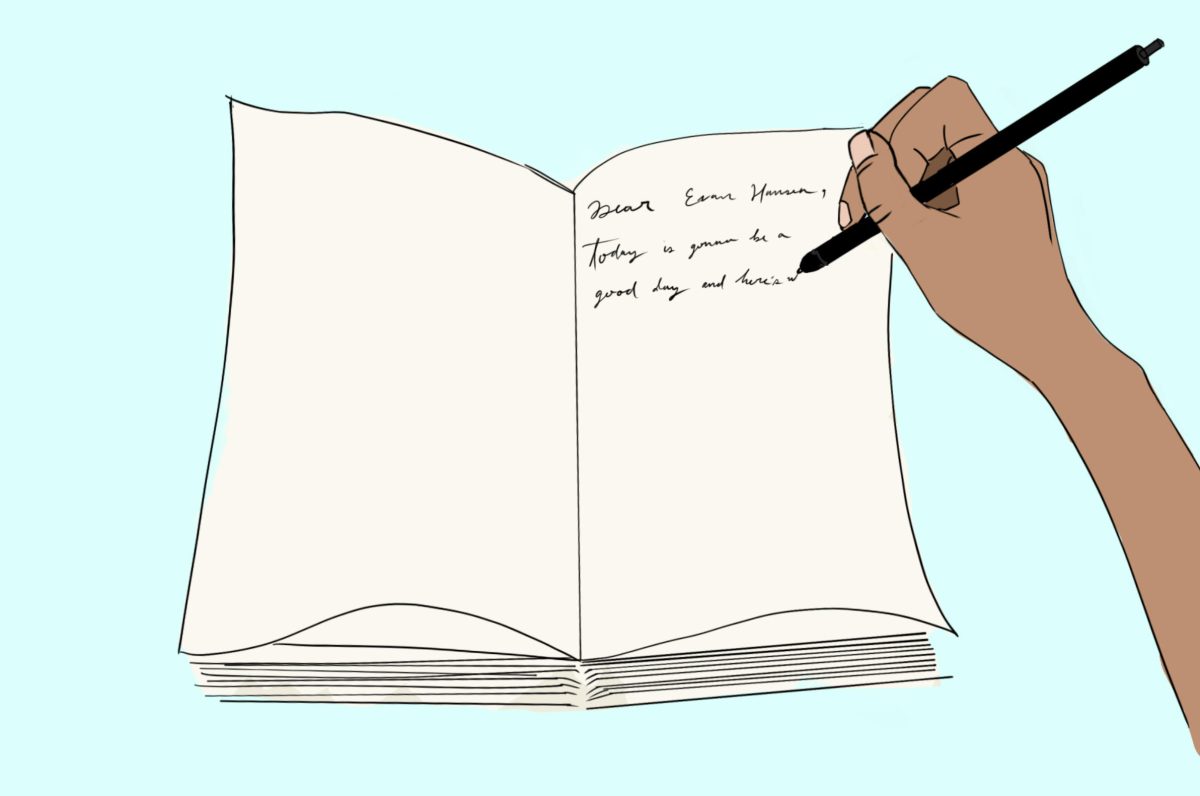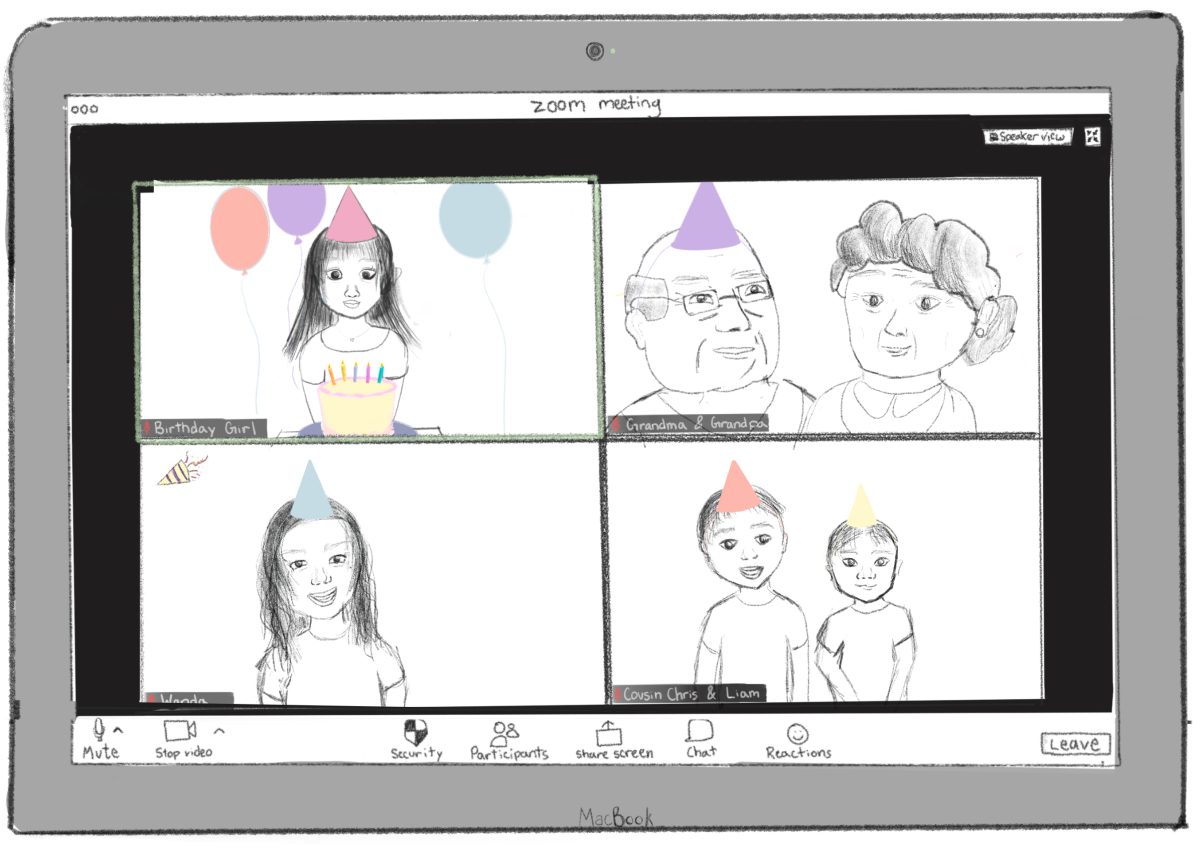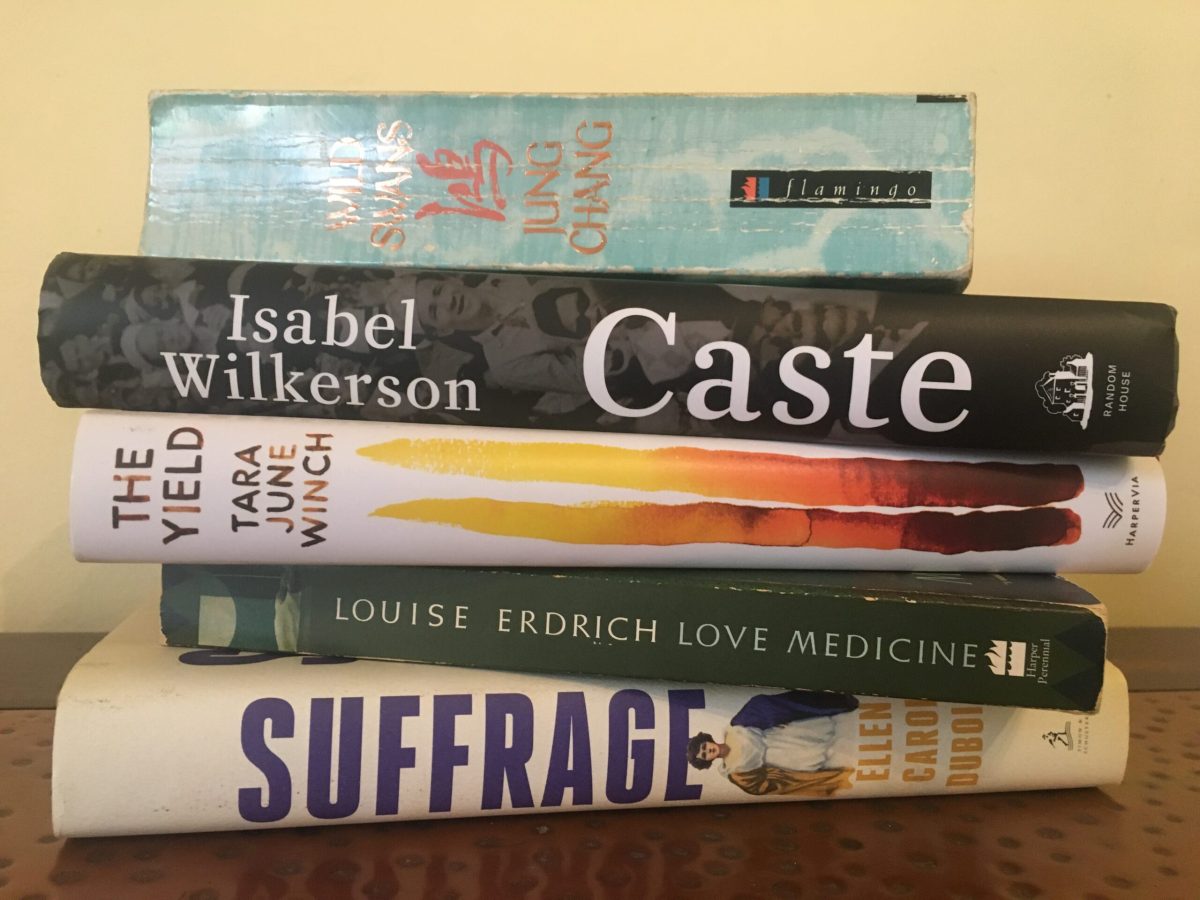
Come 5:30 p.m., the sky blackens, the streetlights brighten, and the minds of so many default to the instinctive “sleep time” mindset. Why so early? It doesn’t seem like we’re “saving” anything. Meet daylight savings.
Many countries use daylight savings time in order to make better use of the daylight in the evenings. The clocks get shifted one hour either forward or backward, depending on the time of year, changing the time frame of light hours in a day. Most of us would agree that evenings seem way too dark and arrive way too soon during these winter months because in the northern hemisphere—the opposite applies in the southern hemisphere—daylight savings actually starts in the spring (between March and April) and ends in the fall (between September and November). This means that right now, we are not in daylight savings time. We have bright summer nights, which we can thank Benjamin Franklin for, since he originally proposed the idea of adjusting the clocks.
The handy-dandy mnemonic device to remember which way the clocks shift is “Spring forward, fall back.” The phrase reminds us to turn our clocks back one hour in the fall, making the early mornings lighter and the early evenings darker, and one hour forward in the spring, which has the opposite effect on the hours of daylight.
Daylight savings time is not a requirement, but every state in America, except for Arizona, which does not observe daylight savings time for energy-related reasons, and Hawaii, whose hours of daylight would not change with an hour shift, participates in the clock-changing. We are all familiar with the concept and the moaning and groaning that accompanies pitch-black late mornings or pitch-black early evenings. The actual mechanics of the ritual are often confusing, though, as we try to remember when to go forward and when to go back and how to understand what we’re doing all at the same time, so hopefully we all know what’s happening when we shift our clocks this spring.






